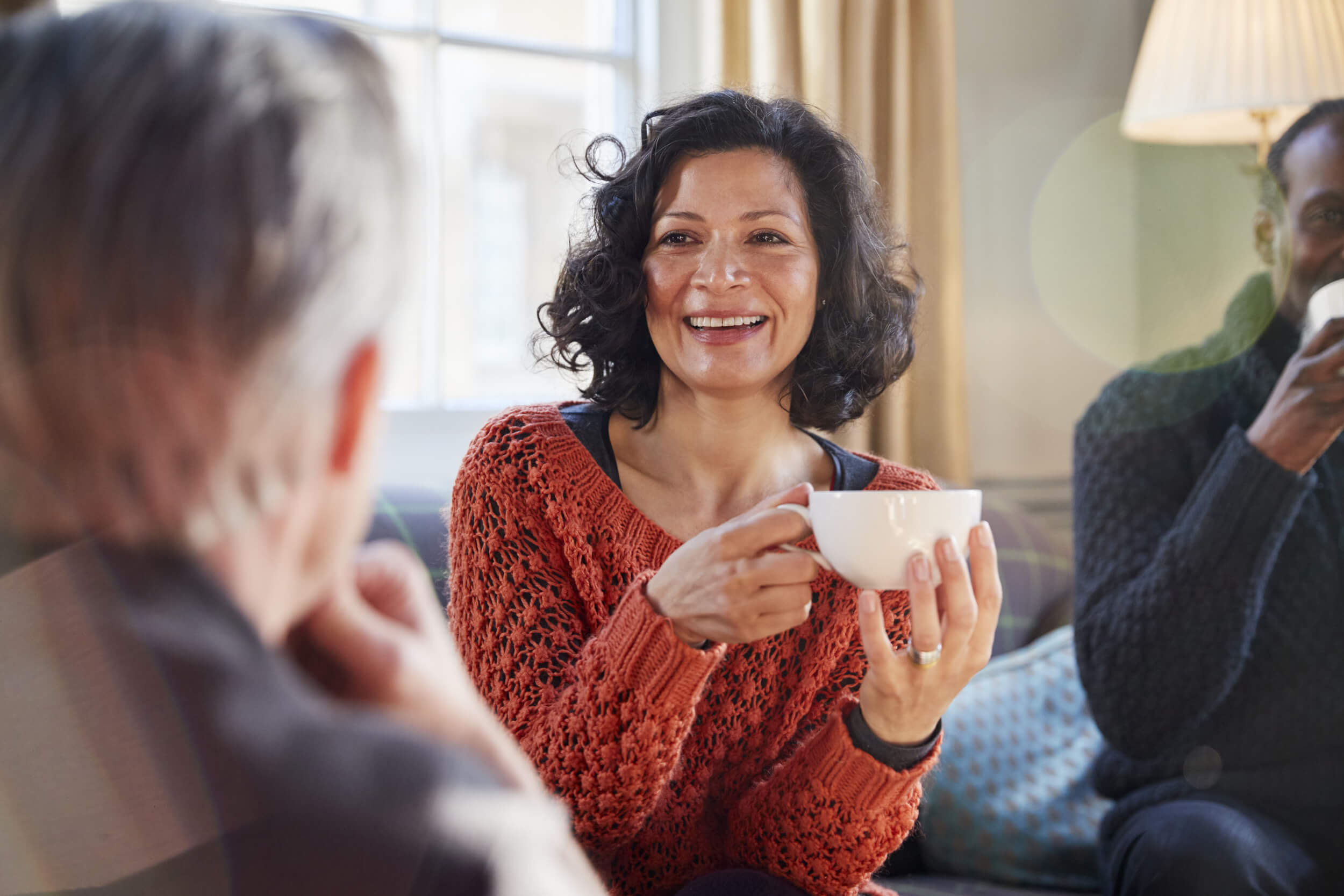Anxiety is defined by the American Psychological Association (APA) as an emotional state characterized by feelings of tension, worried thoughts, and physical changes. Anxiety disorders refer to any specific psychiatric disorder that exhibits the symptoms of anxiety, like generalized anxiety disorder, panic disorder, social anxiety disorder, agoraphobia, and other specific phobias. For women, in today’s world, the symptoms of anxiety disorders are very familiar.
Anxiety disorders are being experienced by women more and more today. They are increasing as women strive to juggle career, children, health, relationships, and any semblance of a normal life. According to the Anxiety and Depression Association of America (ADAA), women are twice as likely as men to develop an anxiety disorder.
Anxiety Symptoms in Women
The symptoms of anxiety disorders in women are very similar to the symptoms that men exhibit. If you’ve ever experienced any of these symptoms, you may need to seek professional help.
These symptoms can include:
- Increased heart rate with no physical activity
- Feeling nervous, irritable, or on edge
- Rapid breathing accompanied with trembling or sweating
- Feeling tired and weak, or easily fatigued
- Difficulty concentrating
- Sleep trouble
- Sense of impending doom or danger
- Shortness of breath
- Muscle tension
It is also important to note that the symptoms listed above can also be symptoms of substance abuse disorders, including caffeine, and this should be accounted for in any treatment plans.
It’s important to remember that some anxiety is a normal response to stressful and dangerous situations. But when this anxiety is still present outside of these situations and when the response interferes with daily life, an evaluation for anxiety disorder should be considered.
Anxiety Treatment for Women
With the possible exception of women who are pregnant or may become pregnant, the treatment for anxiety disorders is usually the same for women as men. While most people believe pregnancy to be a joyous and euphoric time, the truth is for many women, it’s a source of anxiety.
As with any gender, the two main treatments for anxiety disorders are psychotherapy and medication. Most people benefit from a combination of the two. You should work with your therapy provider to find the best treatment combination for you.
One of the most effective forms of anxiety therapy is Cognitive Behavioral Therapy (CBT). There is a wide range of techniques and approaches when it comes to CBT, anywhere from very structured psychotherapy to the use of self-help materials.
Cognitive Behavioral Therapy is about identifying patterns of thought and learning tools to deal with the thoughts when they come up. Relaxation techniques and deep breathing exercises are very helpful in altering an anxious person’s pattern of thought by reducing the frequency and severity of body sensations associated with anxiety.
The ultimate goal of CBT is to teach people that while they cannot control every aspect of the world, they can control how they interpret and deal with their environment. Over time CBT allows the person to engage in healthier thinking patterns by becoming aware of negative or unhelpful thoughts that negatively influence mood or induce anxiety. Partnered with a medication management program, CBT is very effective at helping control anxiety.
How Can Carencia Help?
Carencia has licensed nurse practitioners to assist with both therapy and medication management. We find that having both aspects under one roof helps diminish extra anxiety in our patients. In most cases, you won’t have to make two appointments.
Our experienced providers are skilled in techniques of Cognitive Behavioral Therapy and have years of success in helping our patients engage in healthy thinking and in finding ways to reroute negative thinking.
Contact us today to find out how we can help you.

